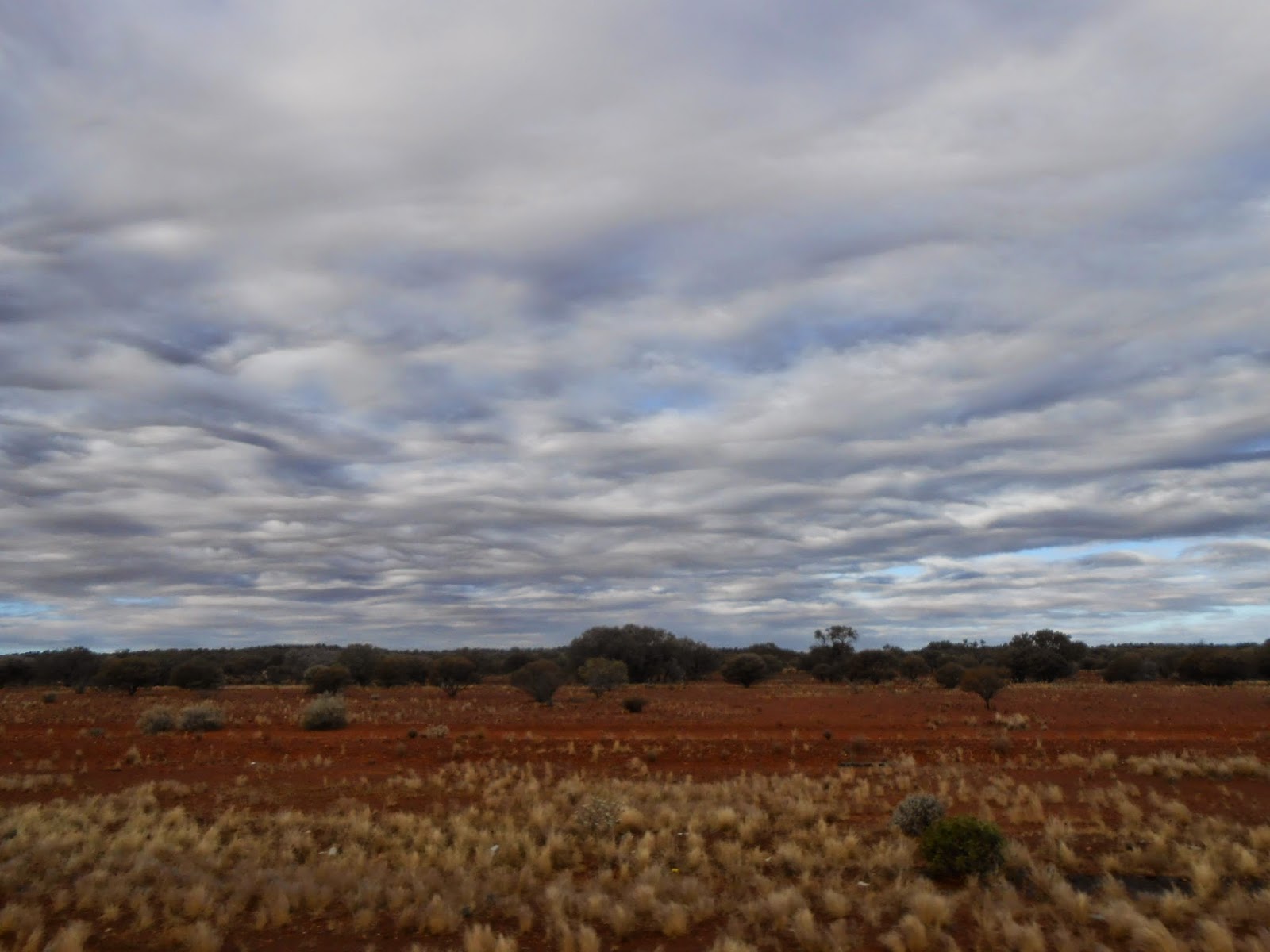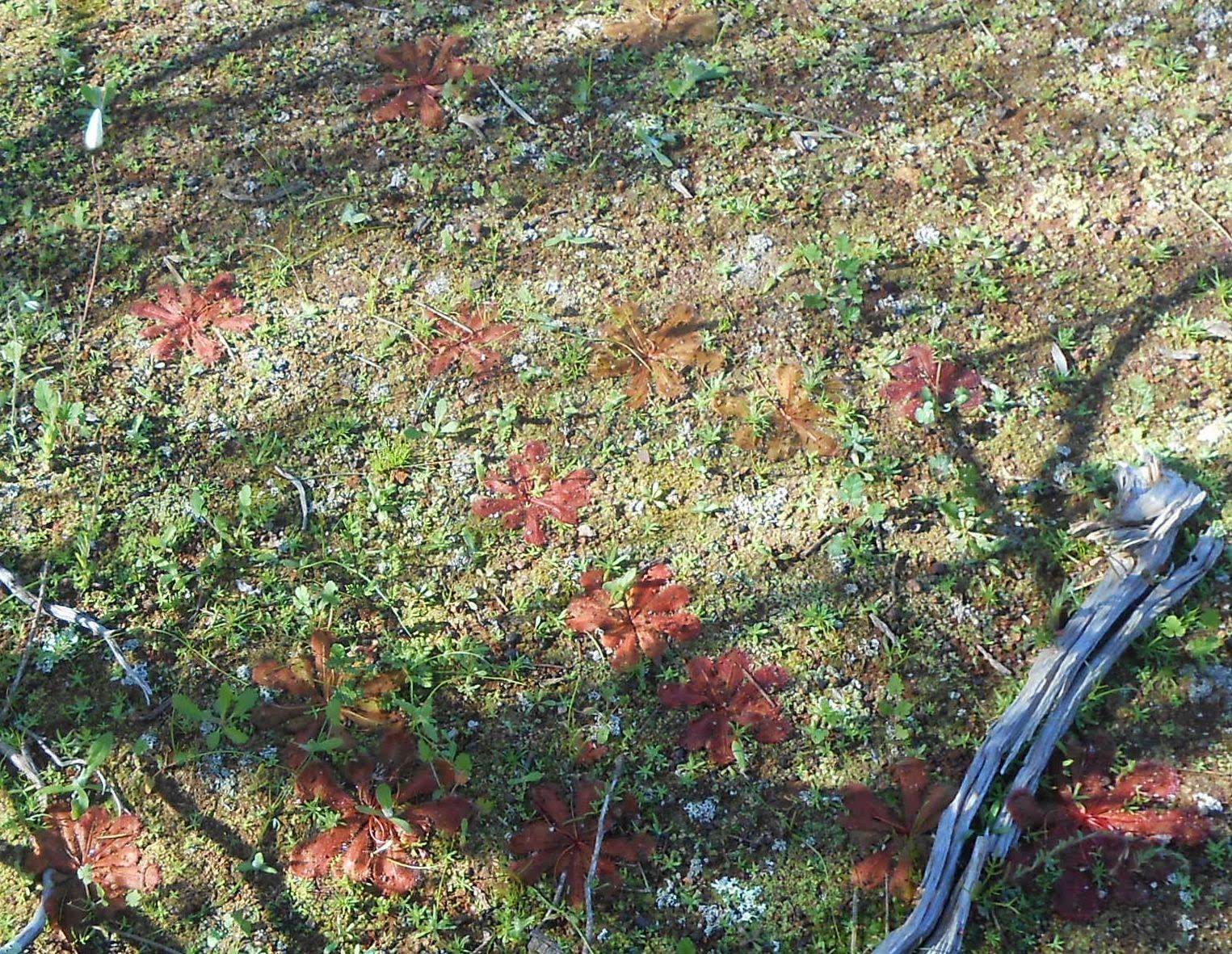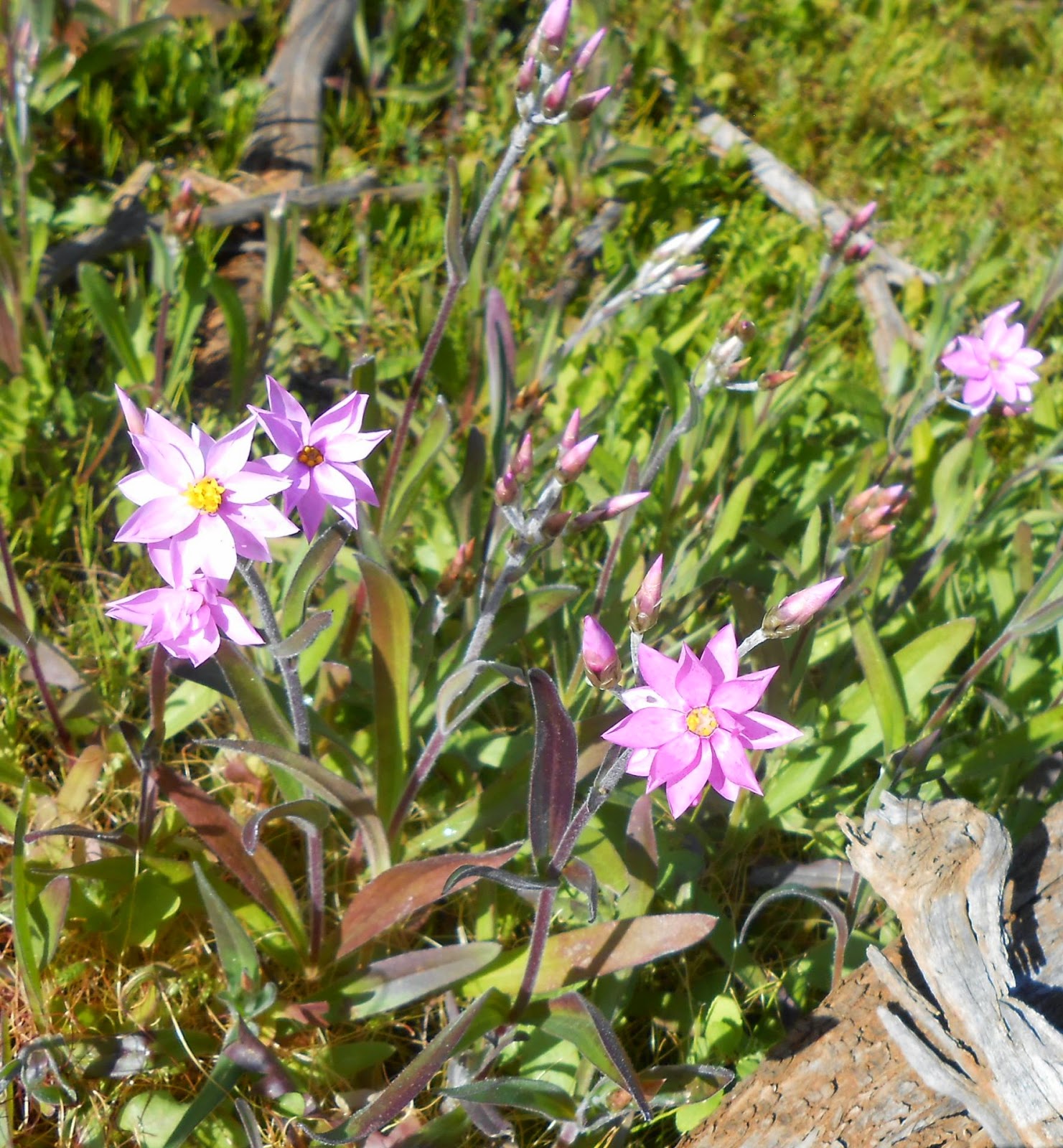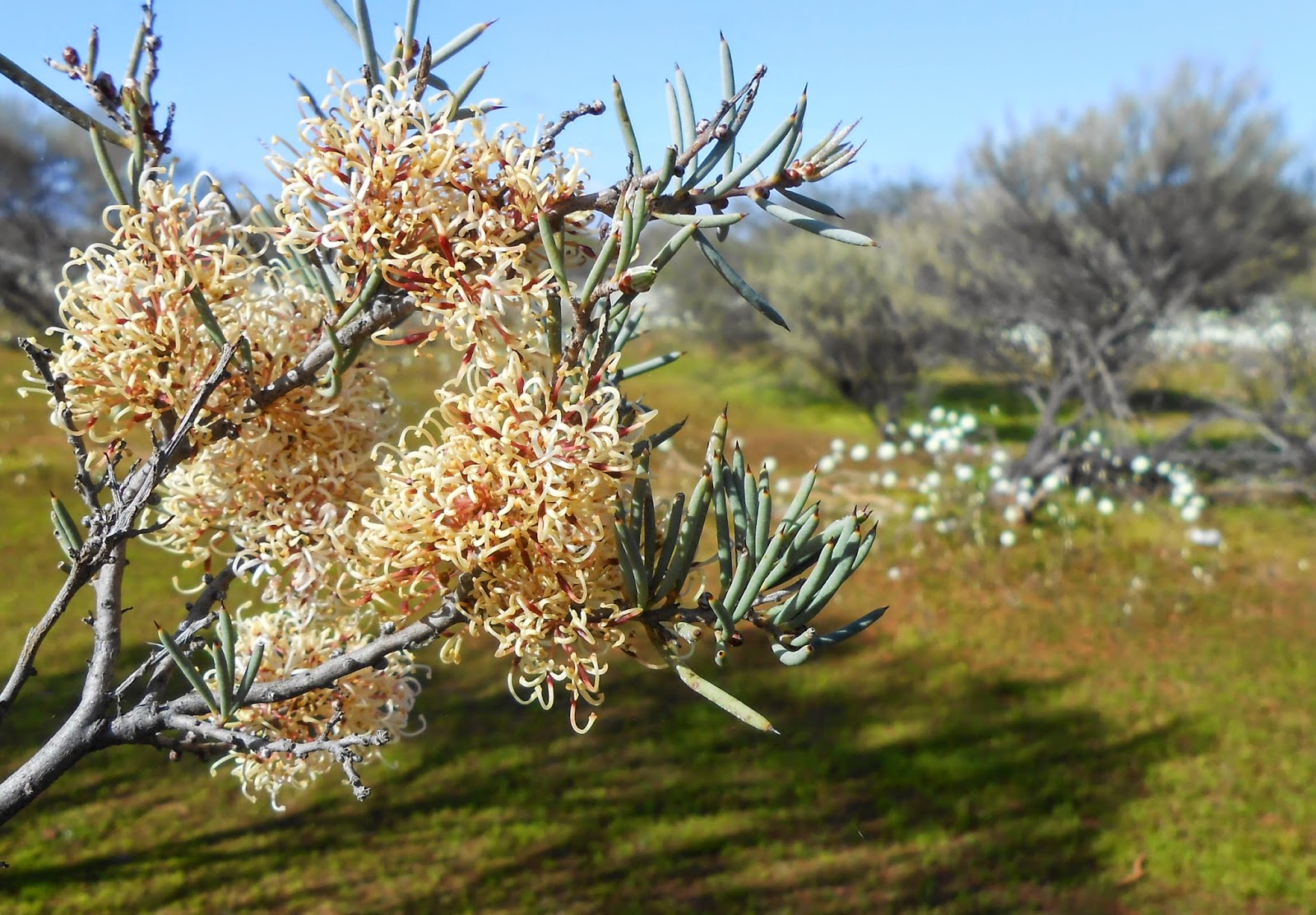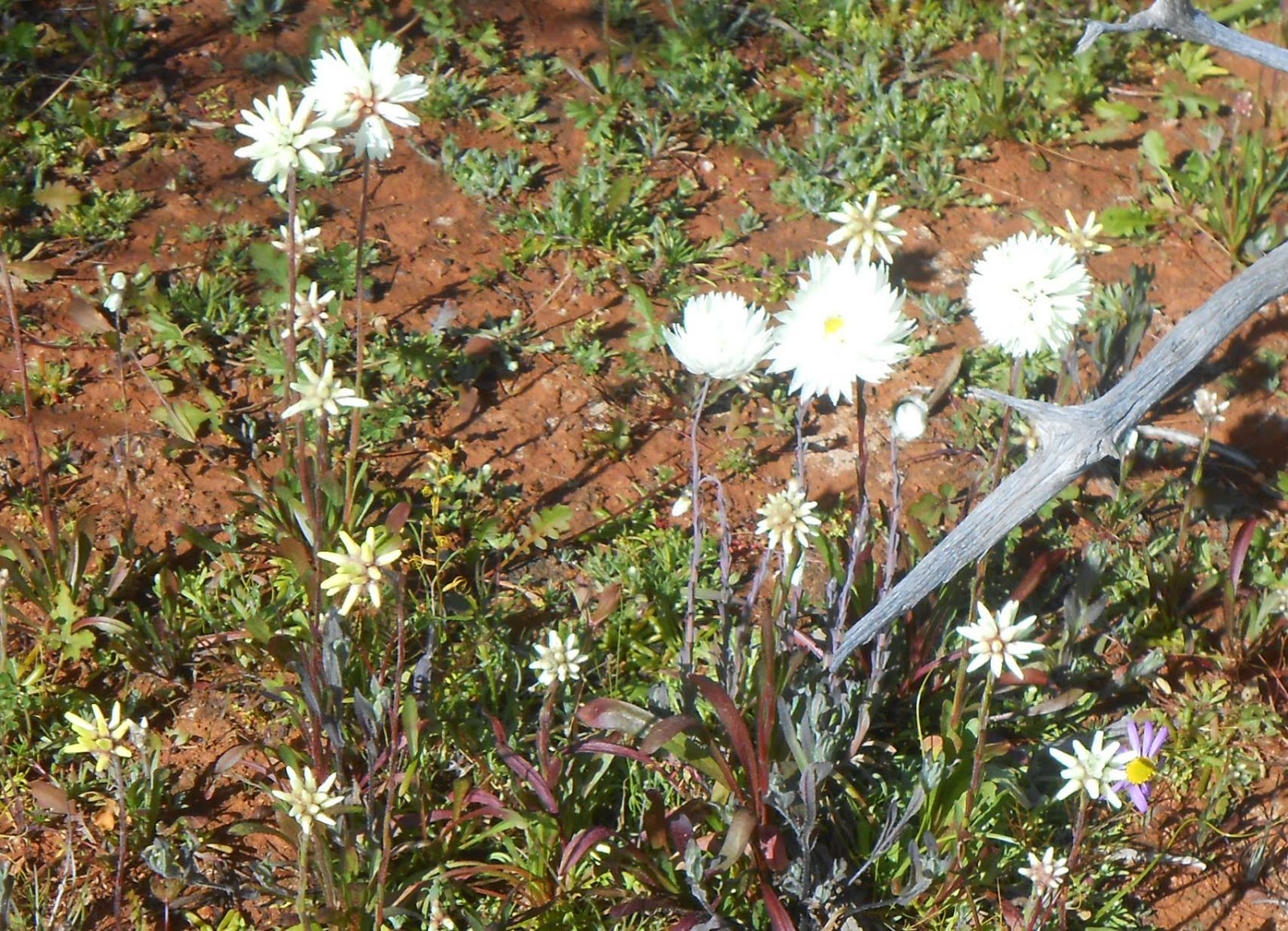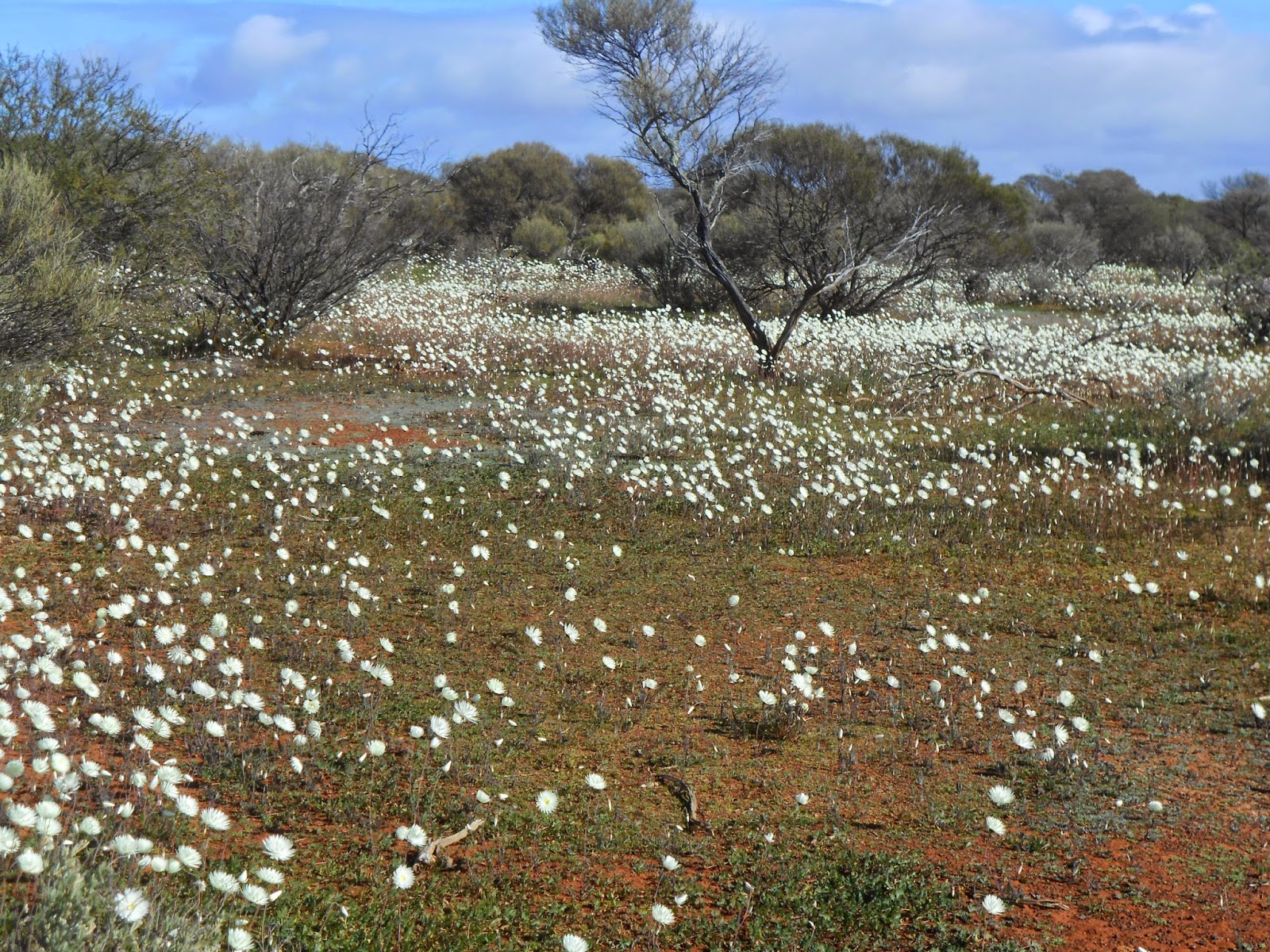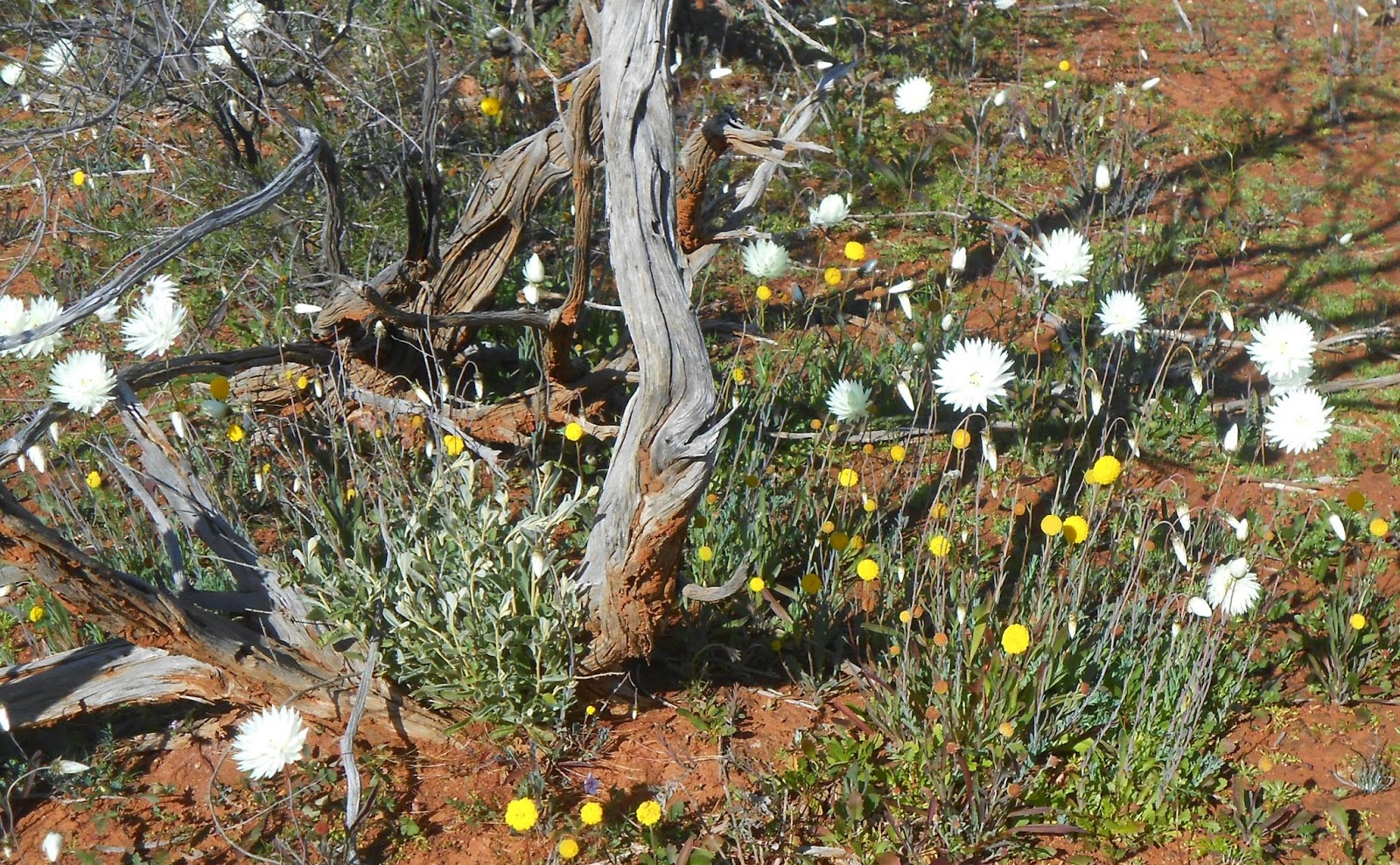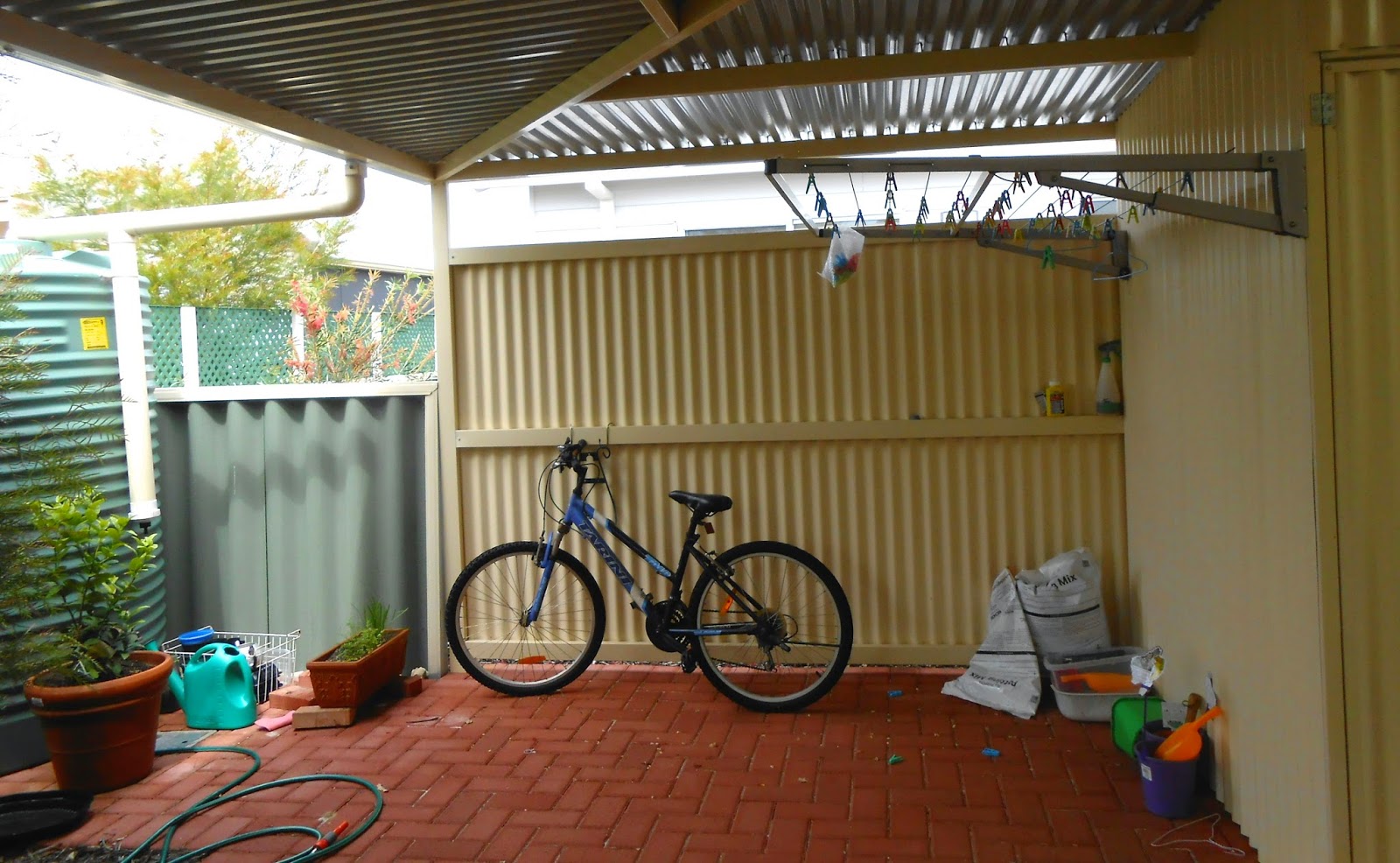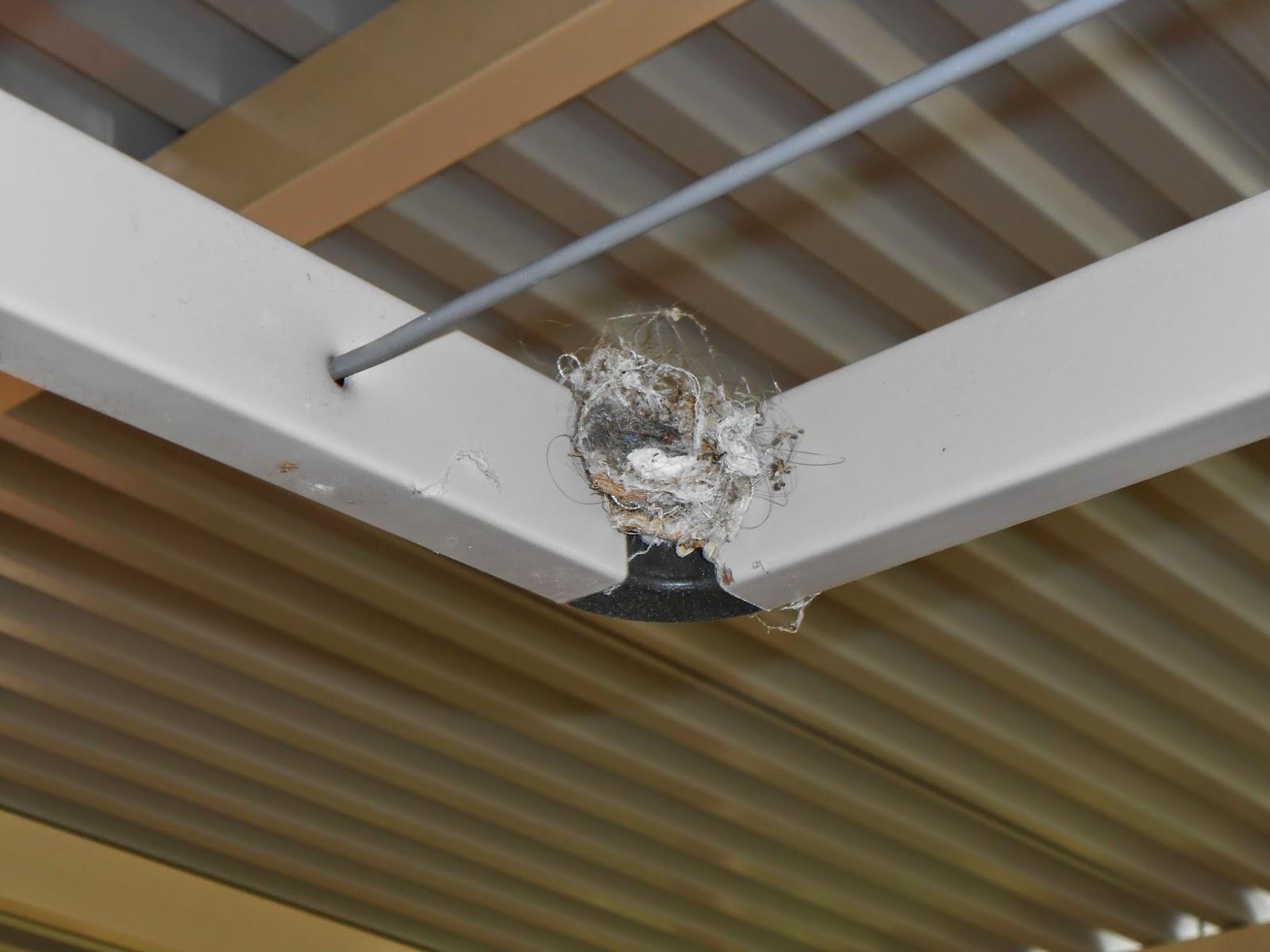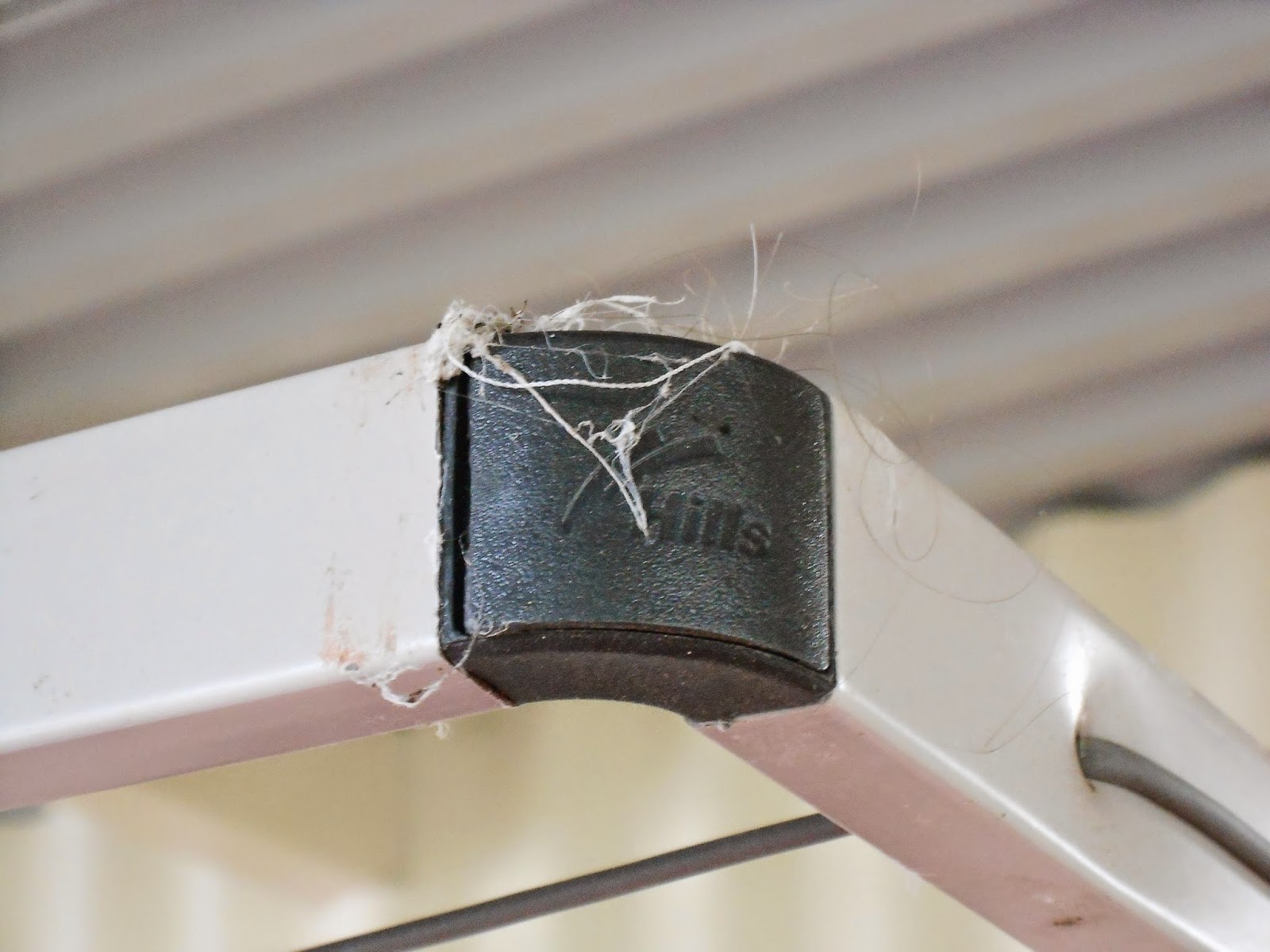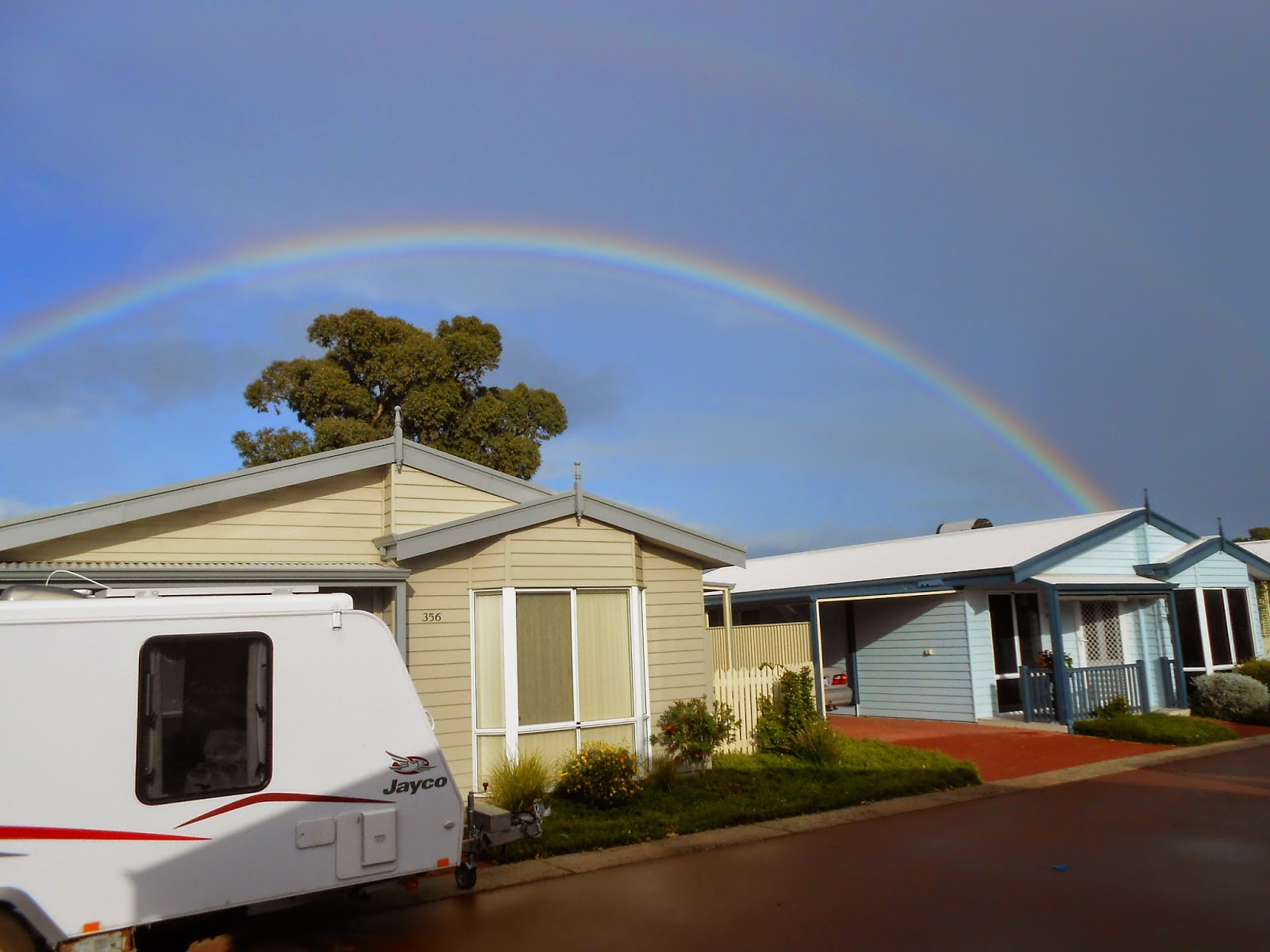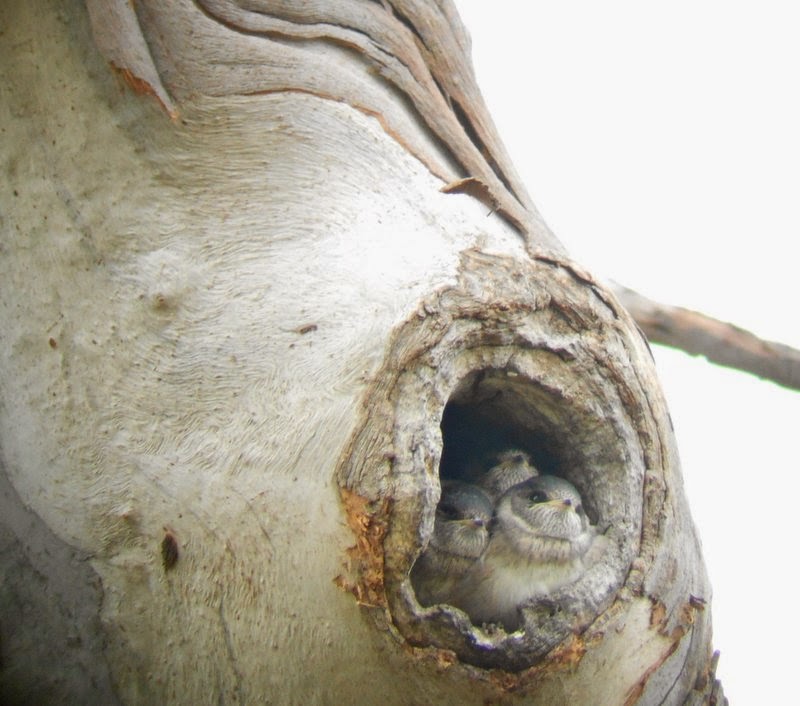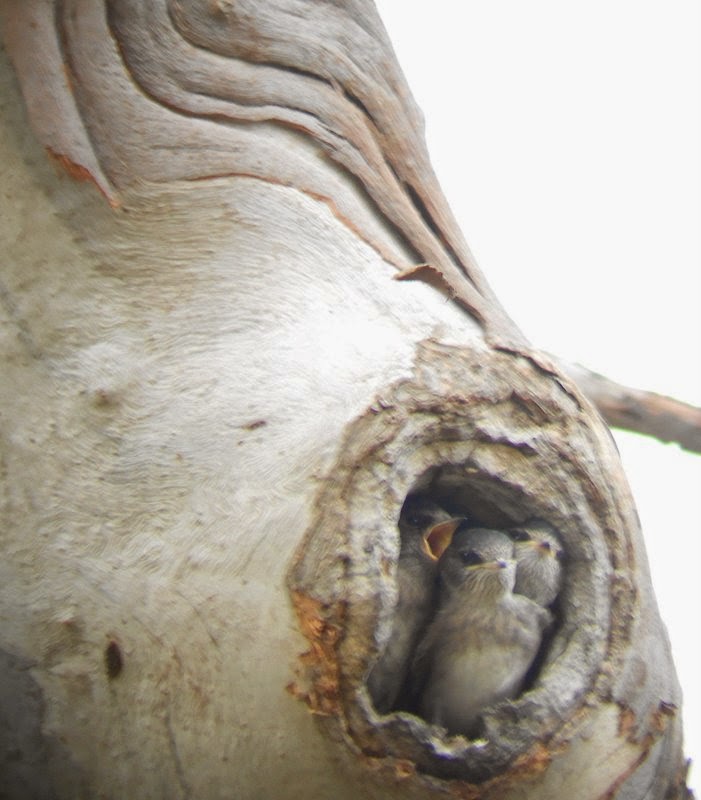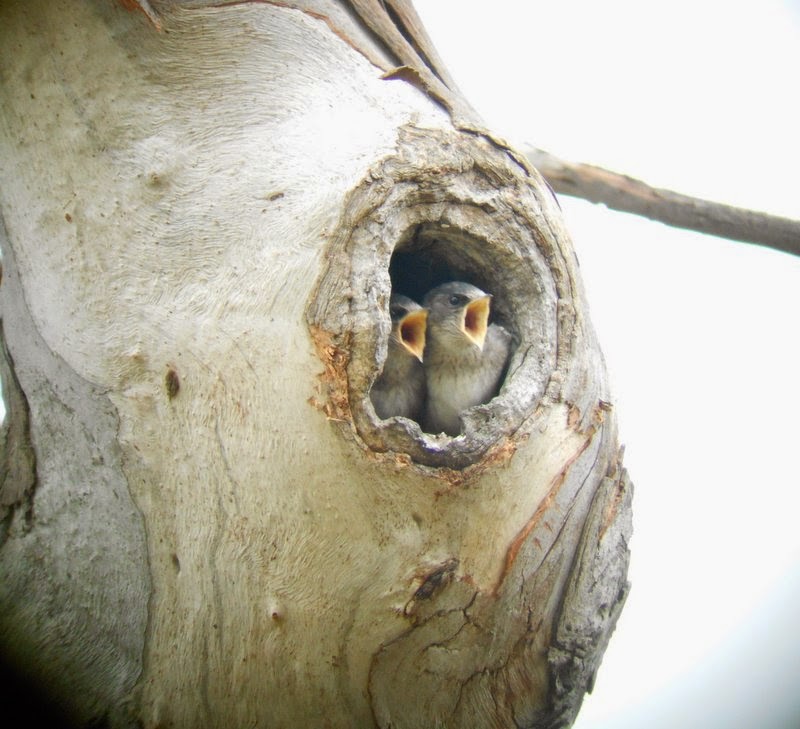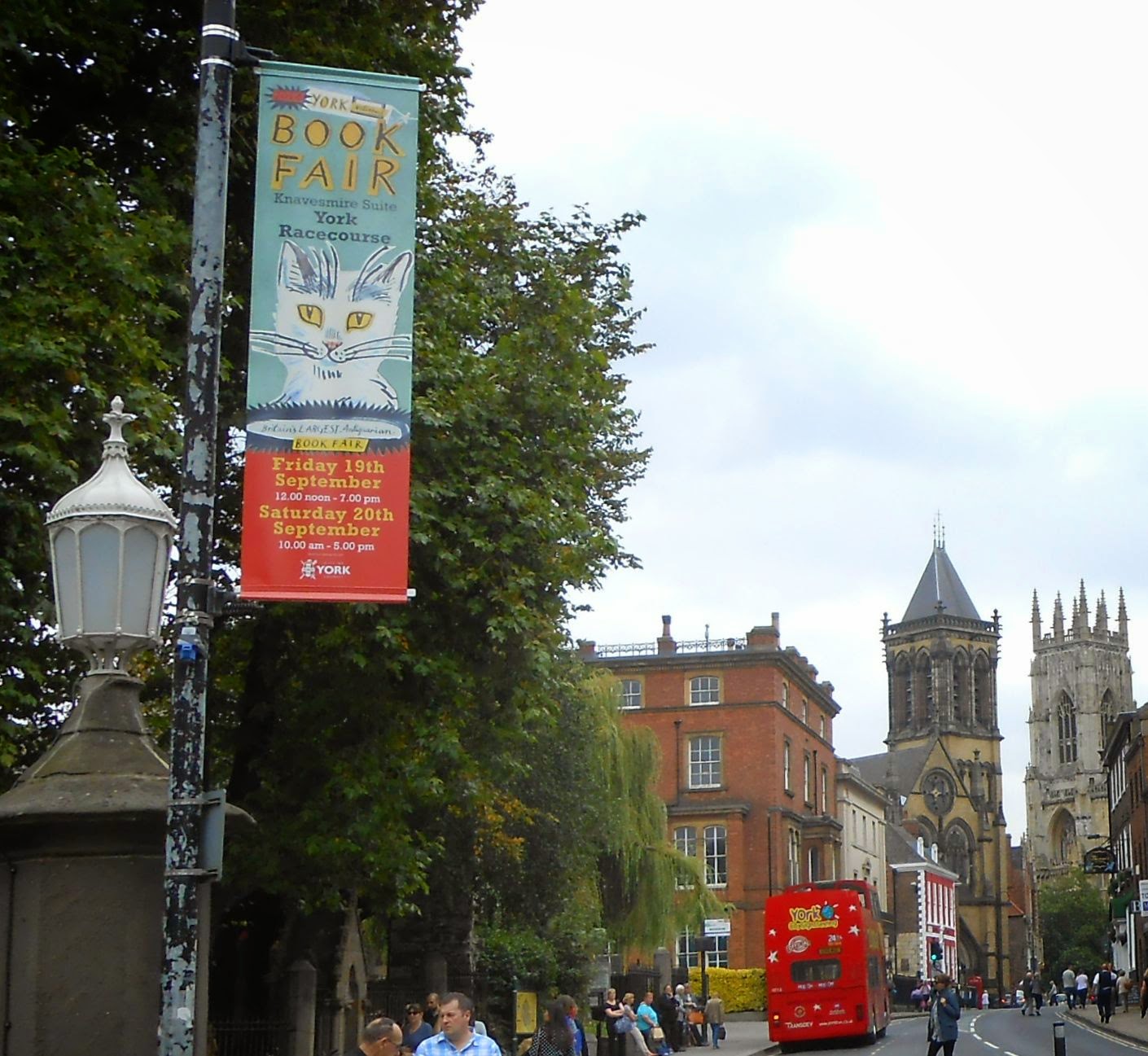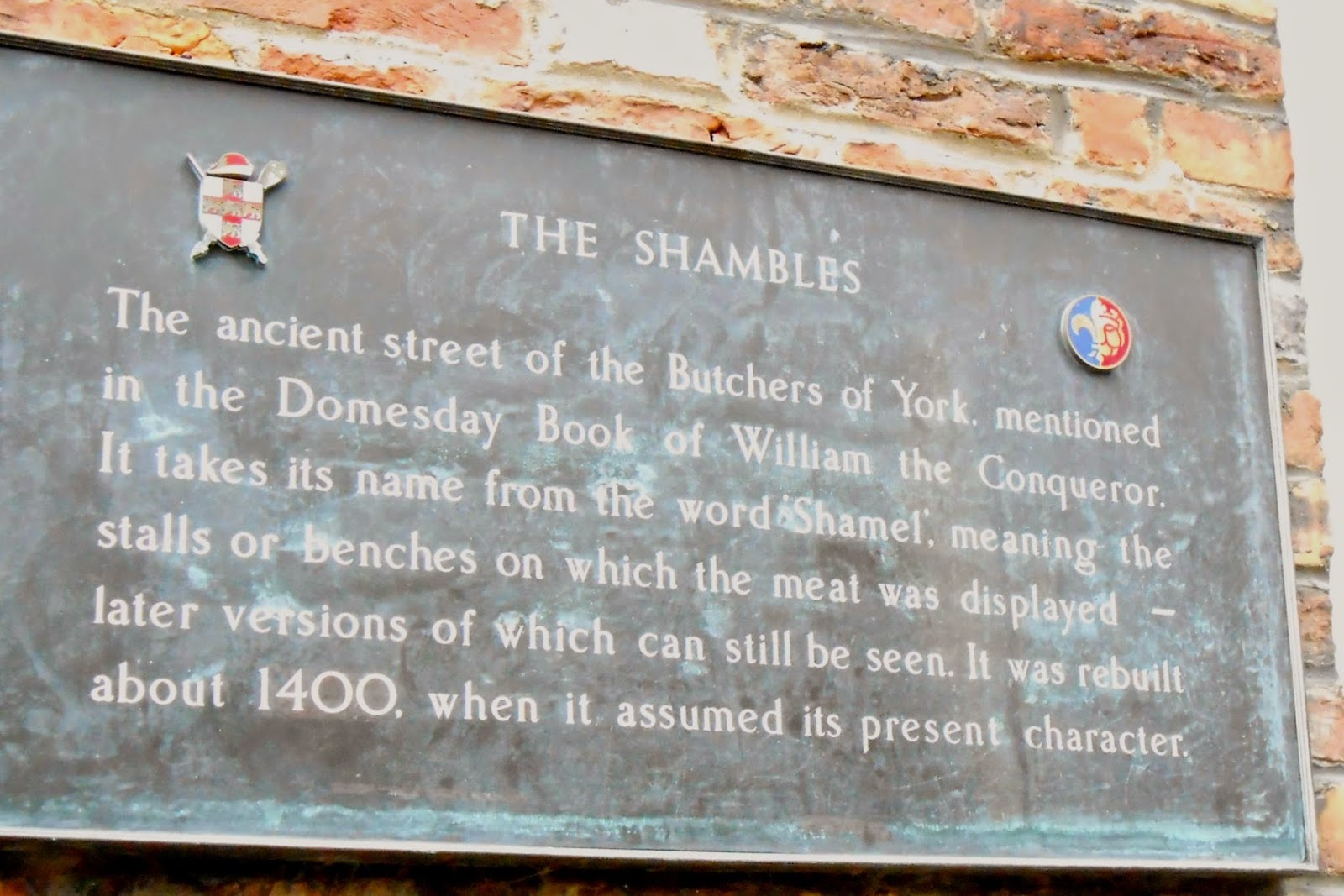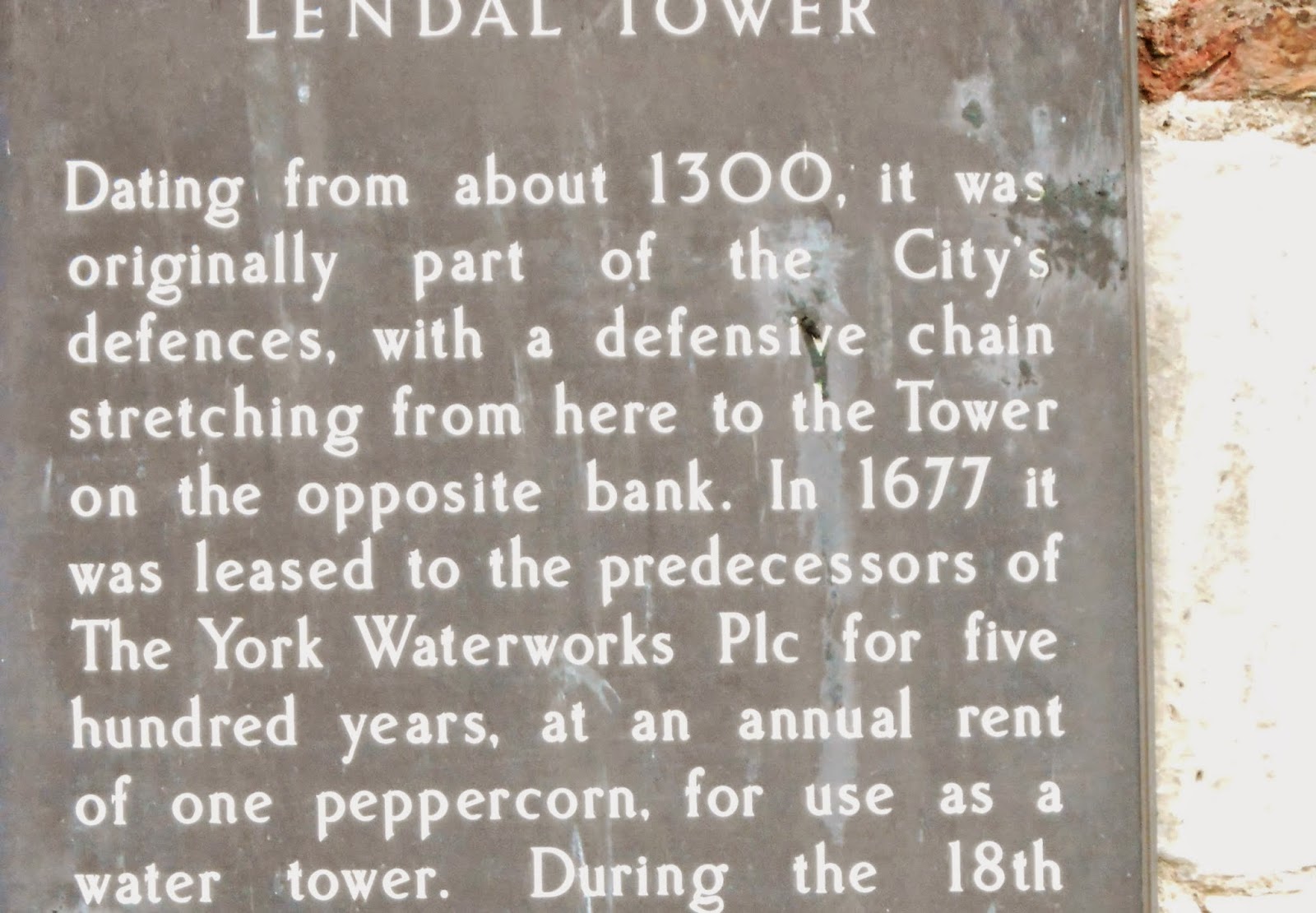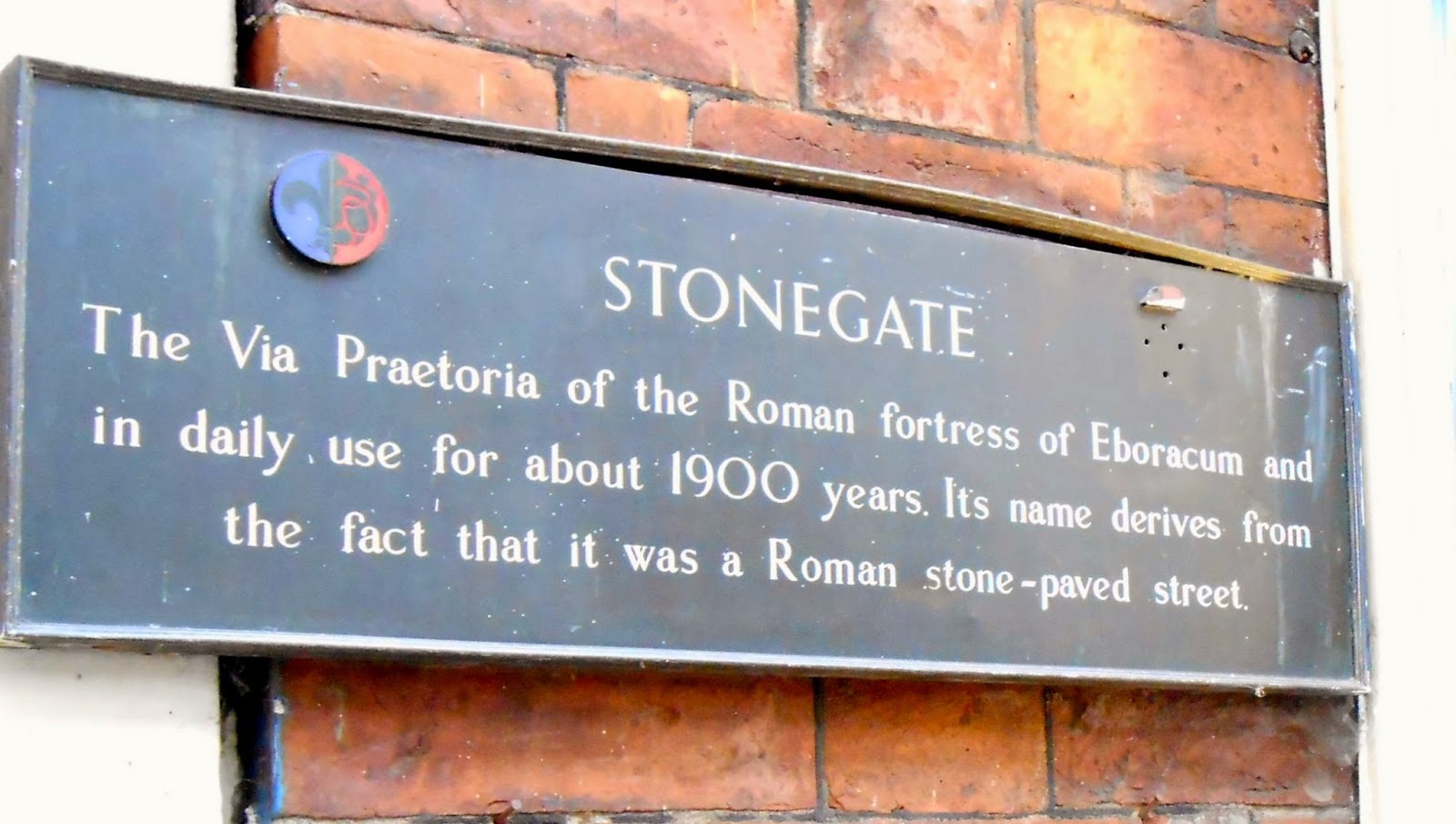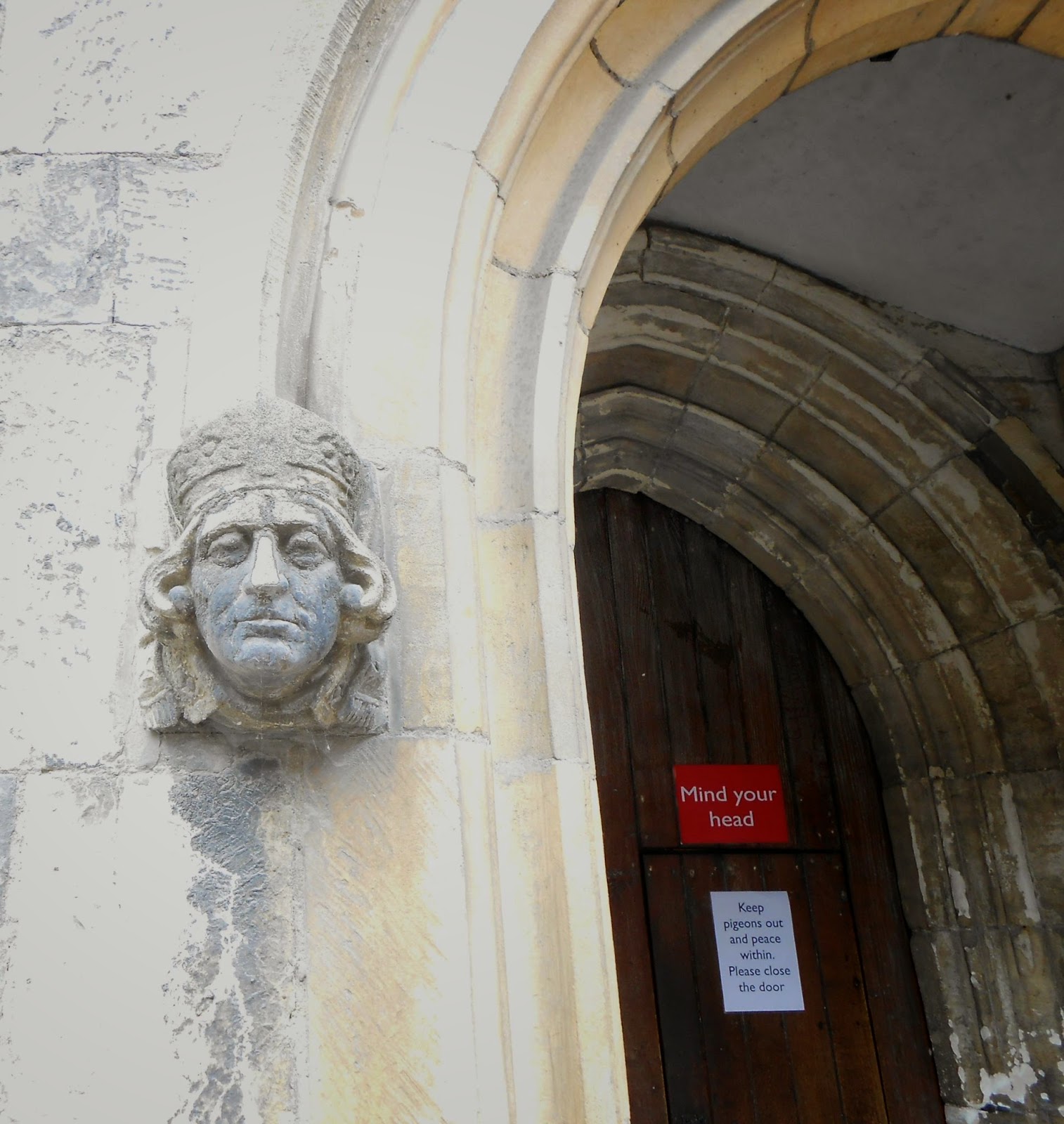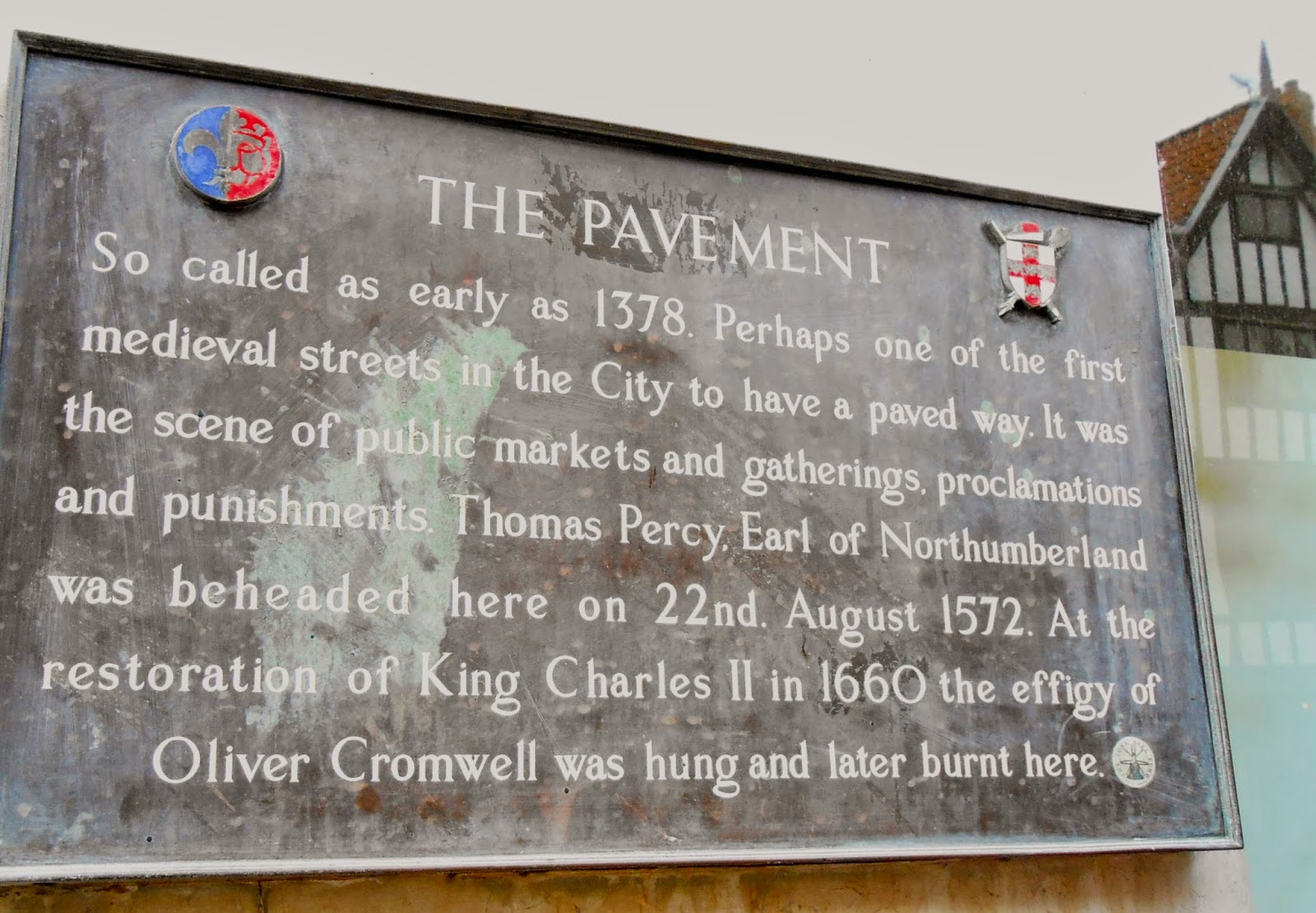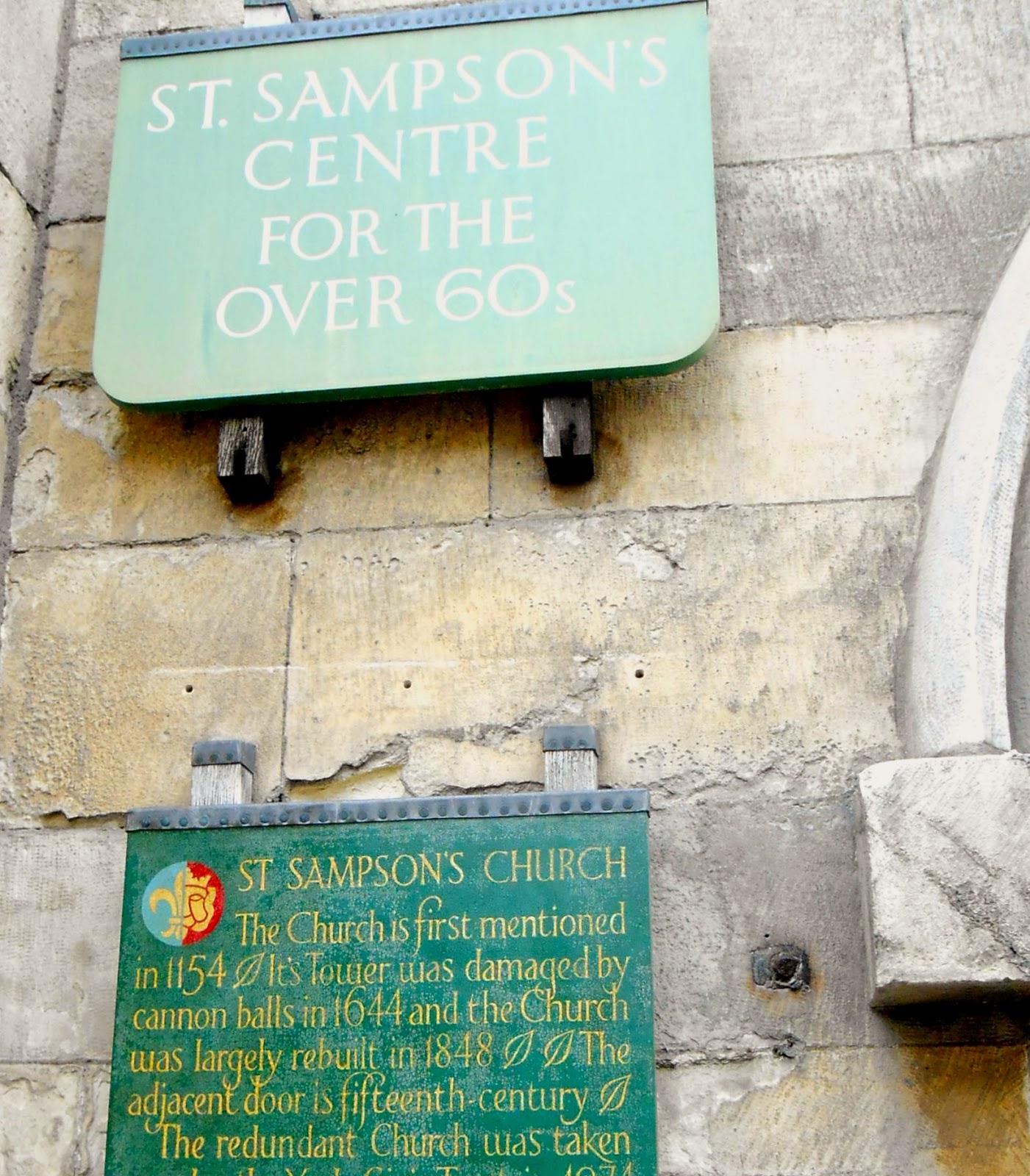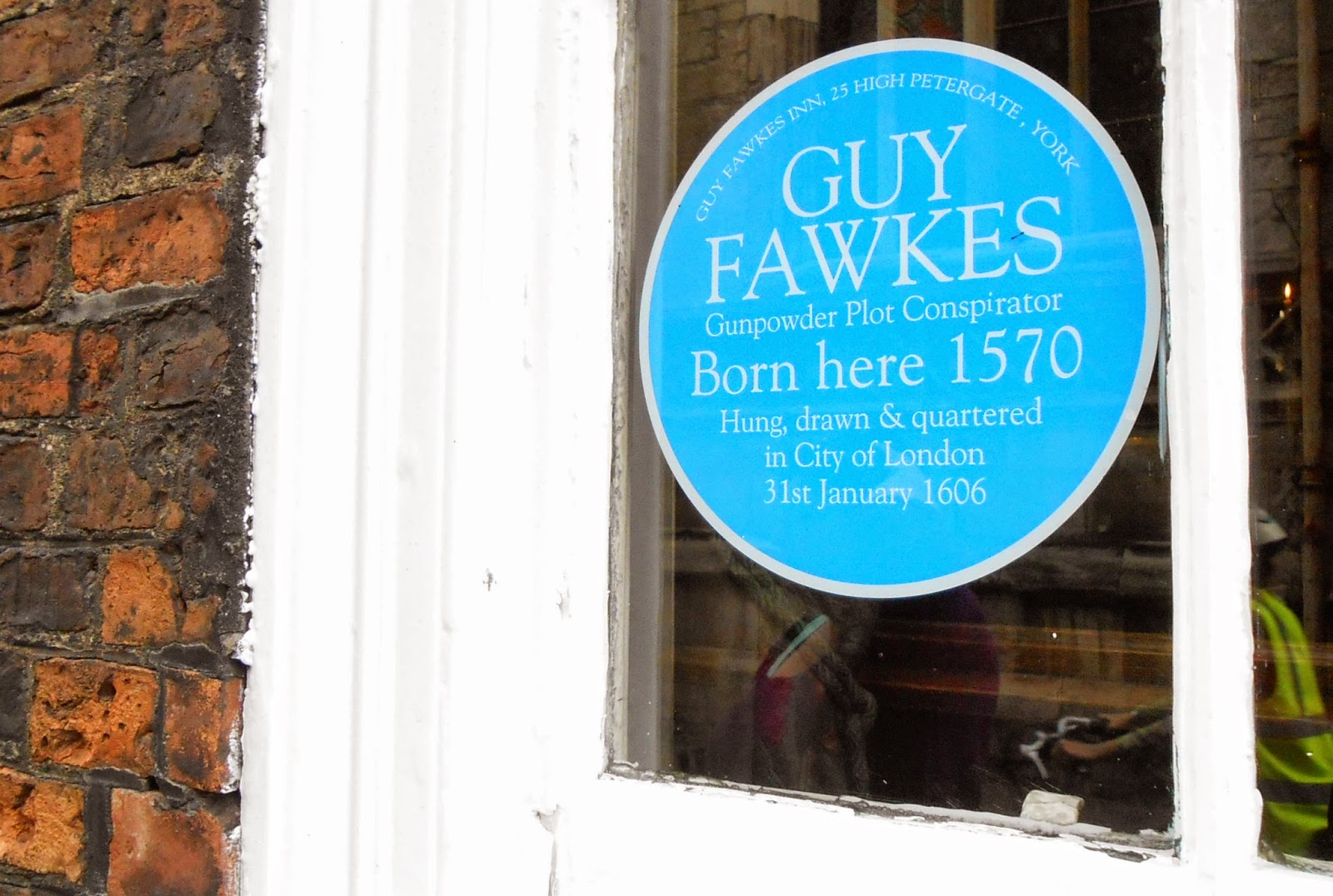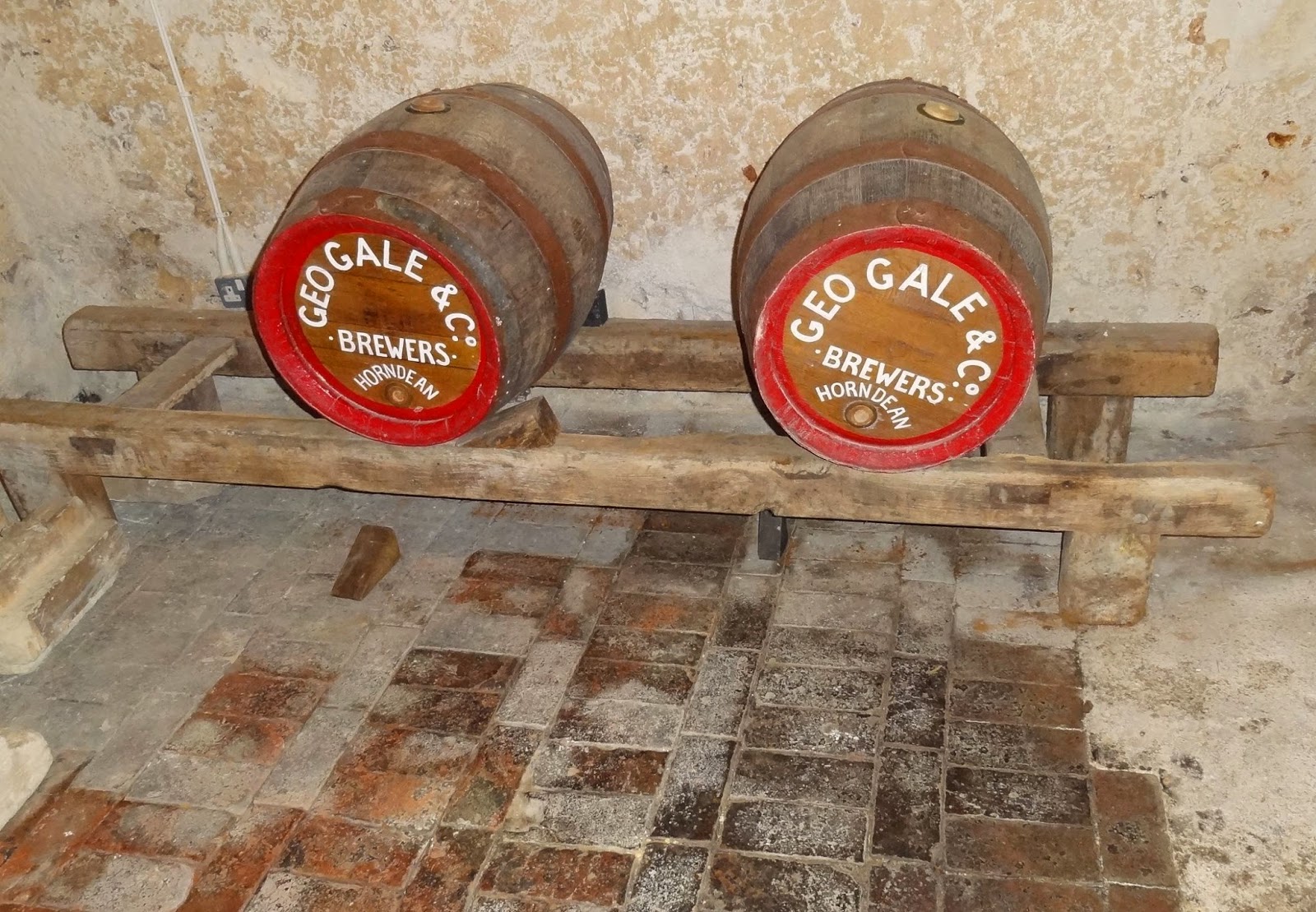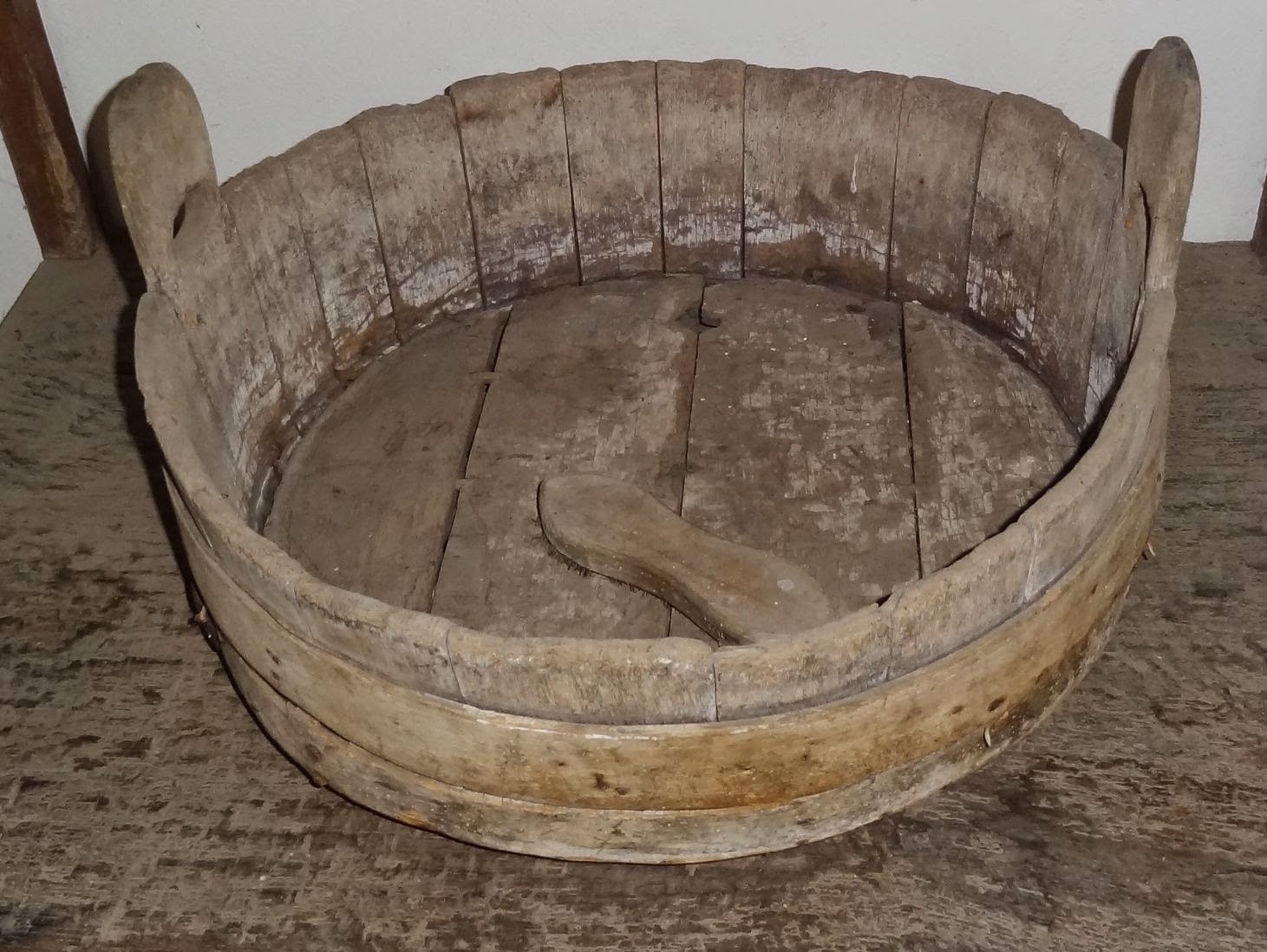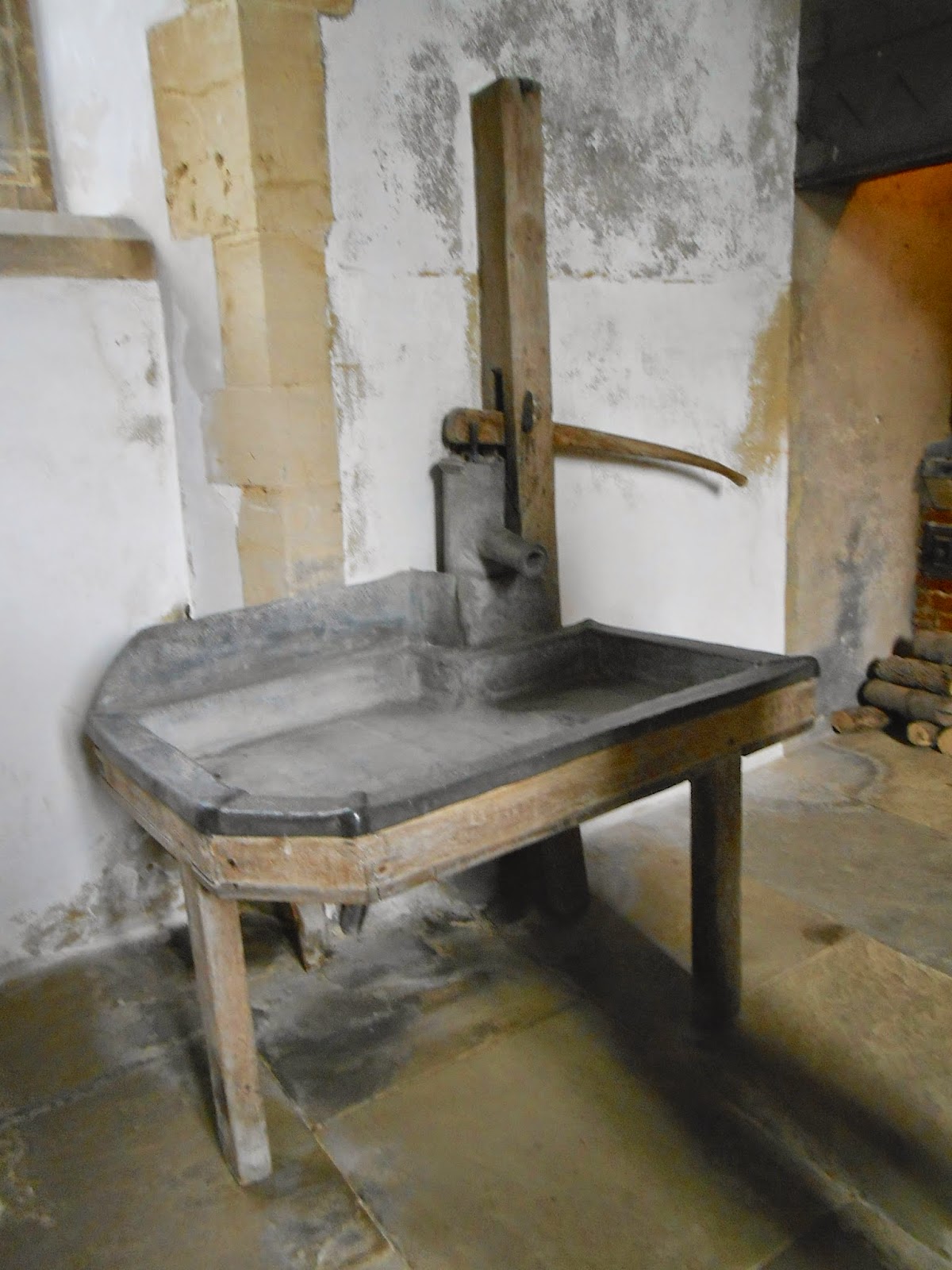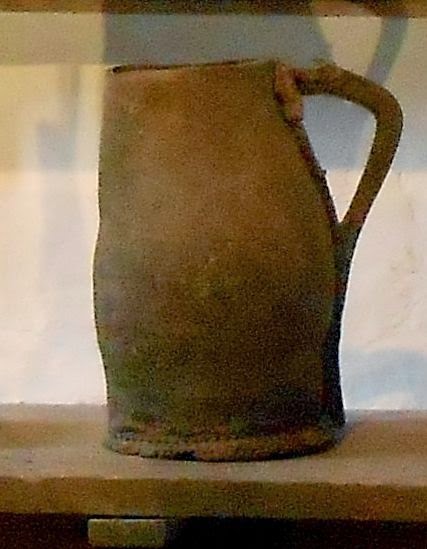Every time an author freaks out about poor or unfavourable reviews of their book(s), and then comments publicly about the review and the reviewer, it blows up into a huge internet kerfuffle among the literary/reviewing/writing community. Every. Single. Time.
The latest such author versus book blogger event is possibly more egregious than usual, and I’m not going to
link to it. There has been enough said already, and I don’t have anything to add.
Usually the end result of this kind of blow-up is that the author has to back down, either apologising, or simply learning to shut up.
And that is the way it should be. Yep, unless there is some kind of deliberate, proven vendetta going on which is demonstrably having a deleterious outcome, the author concerned should ignore a bad review.
Why?
Firstly,
because we authors write books to be read, and we have no say whatsoever about how it will be enjoyed — or hated. If any author thinks they can write a book everyone will enjoy, they’re off their rocker, or incredibly narcissistic. If you are going to be published, get used to the idea that not everybody will think your work has merit.
Secondly,
remember this: EVERY SINGLE REVIEW YOU READ is a valid one. Yes, even the one that says your book sucks and you write like a sloth on valium. Yes, even the one where the reviewer hates it because you wrote a thriller (true, and it even said so on the cover) when they expected a romance. Or maybe they expected a thriller and got a romance. Every review is valid because that’s what that particular reviewer thought/felt/believed when they read the book. It’s their opinion and they are not only entitled to that opinion, but they are entitled to make it public. It is valid for them, pertaining to that particular book of yours. If it bothers you, go read a five star review to make you feel better, or never read another review of your own works, ever again.
Thirdly,
as a continuance of that last sentence, I’m going to show you why pounding your computer keys into broken plastic bits over a one star review (or even many one star reviews) is ridiculous. The following extracts are all from reader reviews of one of my published books (and many thanks to every single one of those reviewers. I love you for reading it, and I’m sorry not all of you liked it.) Remember, these comments are all about the SAME book. Each comment is by a different reviewer, and I don’t think any of them are known to me.
- Buying the next one immediately. I haven’t enjoyed a book this much in a long time.
- This book reads more like a rough hewn, overlong indie than a professional, polished work.
- I loved this book. It’s not short but it gripped me so much that I read
it in less than a day. My only gripe was having to wait for the next
book.
- My one major major gripe with this book is all the filler.
- While the plot and story line draw you in, you become attached to the
characters, so attached that you cry when something goes wrong, laugh
when something funny happens, and rejoice when there is a great victory.
You just have to know what is going to happen next in this book.
- The characters left me absolutely indifferent.
- The characters are so detailed and alive, the background descriptions vivid!
- The characters were incredibly unlikeable, I could not root for any of them.
- Glenda Larke has ticked all the boxes for me; she writes well, has a good story and plot, likeable and original characters.
And so on. I could fill several blog posts with similar contrasting snippets from reviews.
Fourthly,
we authors should be grateful to reviewers. They are readers, and we write for readers. They tell others about our books. They advertise us. Sometimes even their bad reviews will say enough to convince a reader that they will actually like the book.
Fifthly,
we can learn from reviews, if that is what we want to do. When I started writing, there was no internet. If a reader wanted to let an author know what they thought of a book, they had to sit down and write a letter to the publisher and eventually it would get to the author. Or, they had to be a professional reviewer for a magazine or newspaper. So mostly a writer’s only real idea of whether a book was well-liked or otherwise were the sales figures. Worse, they had very little chance of finding out WHY. There was a huge barrier between reader and writer, especially from the author’s point of view, and it was hard to see on the other side of that divide.
Nowadays by contrast, reviews — whether they are from Amazon, Goodreads or book blogs — are an accessible insight into how our work is received, and I treasure that. Yes, I read the bad reviews. Sometimes I think a reader has misread the book and I shrug and move on; more often I learn from what they say, taking it on board, using the criticism to make my writing better.
So,
if you are a book blogger, whatever your forum, I love you. Keep it up.
If you are an author and find a bad review, either learn something, or just be thankful someone is reading your work. Either way, DO NOT COMMENT.
